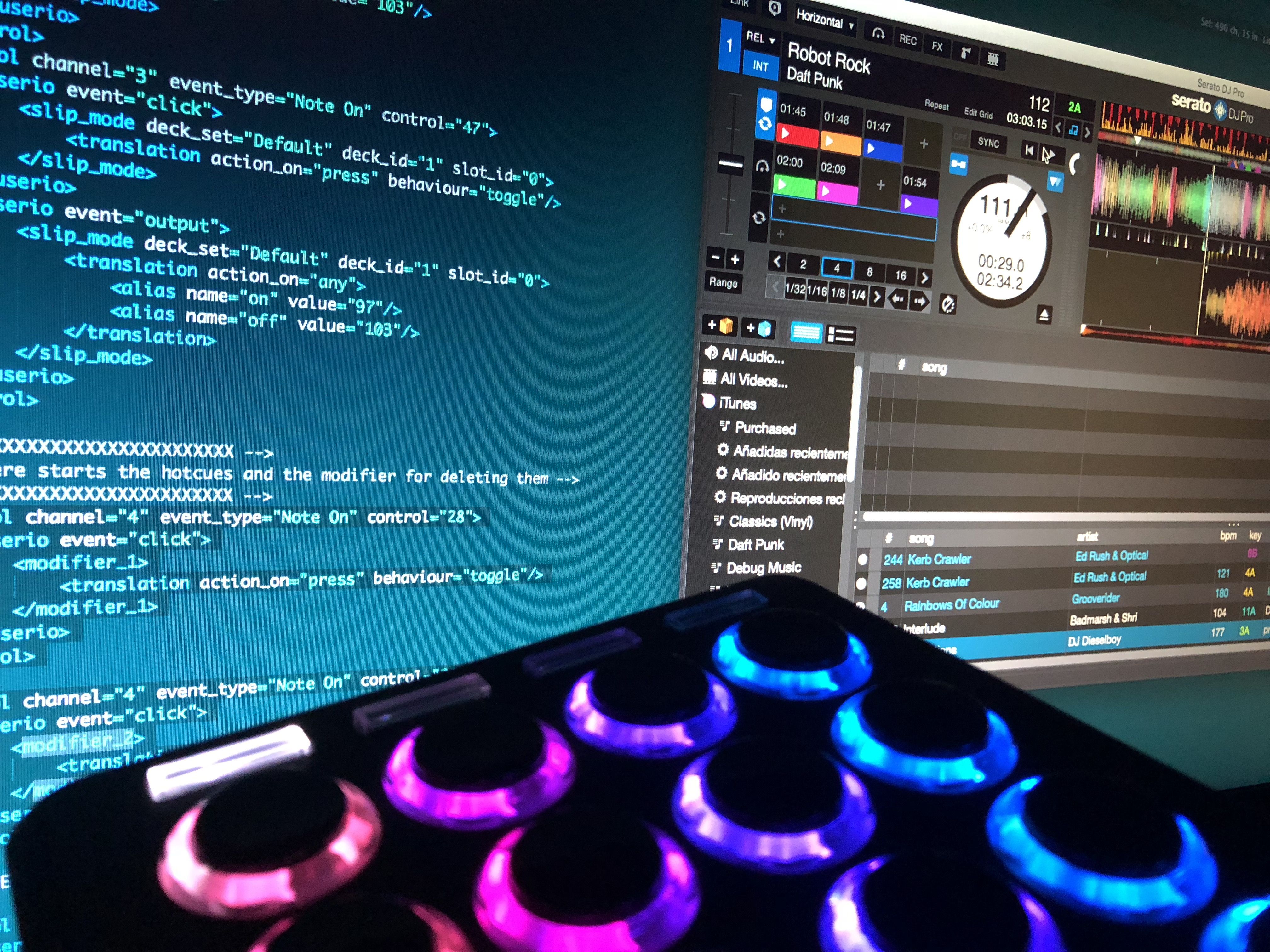Sergeant Boomerang-Demo Mac OS
I use Supervisor on all of my servers to handle the running of non-daemonized processes, such as Gunicorn processes for Django apps. The truth is, though, that Supervisor is also a damn-awesome tool for local process management in OS X. Here are a few of the things I'm letting Supervisor handle:
Tom Clancy's Rainbow Six: Rogue Spear is a tactical first-person shooter video game developed and published in 1999 by Ubi Soft Milan and Red Storm Entertainment.It is the sequel to 1998's Rainbow Six game based on the Tom Clancy novel of the same name. Rogue Spear is based on the same game engine and features gameplay and presentation similar to that of the original Rainbow Six.
- About This Game Boom Boomerang is a VR arcade-style boomerang game. Master the skill of throwing and catching virtual boomerangs to destroy bombs before they explode.
- Operating Systems Mac OS X 10.4 PPC, Mac OS X 10.9, Mac OS X 10.10, Mac OS X 10.5, Mac OS X 10.5 PPC, Mac OS X 10.11, Macintosh, Mac OS X 10.4, macOSX (deprecated.
- Running a Node app on port 80.
- Running nginx on port 80.
- Running a watched test-suite for a Node app.
- Auto-compiling SCSS source files to CSS.
- Running a Django app with Gunicorn.
- Running a Django app with the built-in dev server.
There are a few things that make Supervisor well-suited for the above tasks. All of the above tasks:
- I prefer to have running in the background.
- I need quick access to logs, especially streaming via
tail -f. - I'd like to have a common interface for starting, stopping, and restarting.
My favorite part of having Supervisor wrap all of these processes is the common interface for accessing logs. Let's say I want to watch the logs for my Django app I'm running via the built-in dev server (where snipt is the program name I configured -- more on that later):
> sudo supervisorctl tail -f snipt stderr
The output streams to my terminal:
> sudo supervisorctl tail -f snipt stderr
> Press Ctrl-C to exit <
'GET /static/js/projects.js HTTP/1.1' 304 0
[08/May/2013 18:05:42] 'GET /login/?next=/ HTTP/1.1' 200 3811
...
Or if I just want to dump all of the logs:
> sudo supervisorctl tail snipt stderr
You get the idea. If you want to learn more about what Supervisor can really do, check out the docs.
Installation
Installing Supervisor on OS X is simple:

> sudo pip install supervisor
This assumes you have pip. If you don't:
> curl -O http://python-distribute.org/distribute_setup.py
> python distribute_setup.py
> sudo easy_install pip
> sudo pip install supervisor
Or if you use Homebrew:
> brew install distribute
> sudo easy_install pip
> sudo pip install supervisor
Or you could install everything from source. Good luck with that.
Regardless of how you've done it, once you've successfully installed you should be able to run supervisorctl and get something like:
Error: No config file found at default paths
That's fine, that means Supervisor is installed and ready to configure. On to bigger and better things (Configuration).
Configuration
The Supervisor documentation provides excellent information on configuration (as well as everything else). For the sake of getting this running on OS X, however, here's what my supervisord.conf looks like:
[unix_http_server]
file=/tmp/supervisor.sock
chmod=0700
[supervisord]
logfile = /Users/Nick/Sources/dotfiles-private/supervisor/logs/supervisord.log
logfile_maxbytes = 50MB
logfile_backups=10
loglevel = info
pidfile = /tmp/supervisord.pid
nodaemon = False
minfds = 1024
minprocs = 200
umask = 022
identifier = supervisor
directory = /tmp
nocleanup = true
childlogdir = /tmp
[supervisorctl]
serverurl = unix:///tmp/supervisor.sock
[rpcinterface:supervisor]
supervisor.rpcinterface_factory = supervisor.rpcinterface:make_main_rpcinterface
[include]
files = /usr/local/share/supervisor/conf.d/*.conf
You may want to configure some of these to your liking if you know what you're after, otherwise just change the directories to point to your log file, configuration directory, etc. The configuration directory can be anywhere, just make sure your supervisord.conf is directed to include configuration files from there.
Supervisor is going to look for this supervisord.conf file in a few places by default:
/usr/local/share/etc/supervisord.conf
/usr/local/share/supervisord.conf
./supervisord.conf
./etc/supervisord.conf
/etc/supervisord.conf
You can place it anywhere, though, as we'll be running the Supervisor daemon with a configuration flag (see below).
Running Supervisor
Now that we have a main configuration file somewhere, we can run the daemon. Oh, about that: there are two parts to Supervisor: the daemon (supervisord) and the client (supervisorctl). The daemon runs in the background and does all of the hard work, and the client provides a nice little UI for... doing stuff.
You can run the daemon manually like this:
> supervisord -c /path/to/supervisord.conf
Sergeant Boomerang-demo Mac Os X
But we're not interested in that. We want Supervisor to run on startup as root so we can have Supervisor do things with root-level priviliges (like running servers on port 80).
So in order to start Supervisor on startup, we need to use OS X's launchd system, which loads programs as root on startup. You don't actually use the launchd program, you write a configuration file and you load it with launchctl. Here's the file:
/Library/LaunchDaemons/com.agendaless.supervisord.plist
<?xml version='1.0' encoding='UTF-8'?>
<!DOCTYPE plist PUBLIC '-//Apple//DTD PLIST 1.0//EN' 'http://www.apple.com/DTDs/PropertyList-1.0.dtd'>
<plist version='1.0'>
<dict>
<key>KeepAlive</key>
<dict>
<key>SuccessfulExit</key>
<false/>
</dict>
<key>Label</key>
<string>com.agendaless.supervisord</string>
<key>ProgramArguments</key>
<array>
<string>/usr/local/share/python/supervisord</string>
<string>-n</string>
<string>-c</string>
<string>/usr/local/share/supervisor/supervisord.conf</string>
</array>
<key>RunAtLoad</key>
<true/>
</dict>
</plist>
Note: The 'agendaless' connotation is the organization that created Supervisor. You can use whatever you want there, but 'agendaless' makes the most sense.
This plist file tells OS X to run the supervisord program on startup (the RunAtLoad part), and to run the program as 'nodaemon' (the -n flag), meaning we want it in the foreground. Then we pass the configuration file (the -c part followed by the .conf path). Here's where you'd change the path to your configuration file, if needed.
To register this plist, run this:
> launchctl load /Library/LaunchDaemons/com.agendaless.supervisord.plist

If everything worked well, you should be able to run sudo supervisorctl and see something like this:
t> sudo supervisorctl supervisor>
If you see that, you're in the Supervisor terminal-based UI, the Supervisor daemon is running properly, and the supervisorctl program has found the supervisord.conf file correctly. This means you're ready to start configuring programs.
If you see anything other than supervisor>, something is probably wrong. First off: reboot your computer. It's possible that you need to get OS X to load supervisord from launchd as root on startup in order to get things to work. If you've rebooted and you're still having problems, drop a note in the comments and we'll see if we can figure it out :)
Otherwise, you're ready to start configuring programs.
Program configurations
Sergeant Boomerang-demo Mac Os Catalina
In Supervisor, you write configurations like this. It's quite simple, and the configuration options for program definitions are robust. The simplest program configuration looks like this:
[program:foo]
command=/bin/cat
That would be the content of the file /usr/local/share/supervisor/conf.d/foo.conf (or wherever you pointed your configuration files at in supervisord.conf.
Let's pretend for a moment that the program cat runs in the foreground and you just want to run it via Supervisor:
- Hop into the Supervisor UI:
> supervisorctl. - Tell Supervisor to read all of the configuration files:
reread. - You should get a notice that
foois available. - Add the
fooprogram:add foo. foois now ready to be managed by Supervisor.- Type
statusto see a list of programs:fooshould be in there, with a status ofSTOPPED.
At this point, the foo program is ready to be managed by Supervisor, and is stopped. Here are some common operations:
start foo
restart foo
stop foo
tail foo stderr
tail foo stdout
tail -f foo
tail -f foo stderr
...etc, etc. For a complete list of commands, type help in the Supervisor UI, or sudo supervisorctl help. Which brings up a good point: you can run Supervisor commands either inside the UI (via sudo supervisorctl) or directly from the commandline, like this:
Sergeant Boomerang-demo Mac Os 11
sudo supervisorctl start foo
That's about it for creating a basic program to be managed by Supervisor.
Here are some program-specific examples of configuration files:
Django app with built-in dev server
[program:myawesomeprogram]
command=/path/to/python /path/to/project/manage.py runserver localhost:4000
directory=/path/to/project
autostart=false
autorestart=true
stopsignal=KILL
killasgroup=true
stopasgroup=true
Note: thekillasgroupandstopasgroupdeclarations are very important when running the Django dev server via Supervisor.
Django app with gunicorn process
[program:anotherawesomeprogram]
command=/path/to/bin/gunicorn -c /path/to/gunicorn.conf.py debug_wsgi:application
directory=/path/to/project
autostart=false
autorestart=true
Sergeant Boomerang-demo Mac Os Download
Node app
[program:yetanotherprogram]
command=sudo /usr/local/bin/node app 80
directory=/path/to/node/project
autostart=false
autorestart=true
Auto-compiling SCSS source files to CSS
[program:css]
command=/usr/local/opt/ruby/bin/scss --watch hi.scss:hi.css
directory=/path/to/css
autostart=false
autorestart=true
Nginx
[program:nginx]
command=sudo /usr/local/sbin/nginx
autostart=false
autorestart=true
# Note: in your nginx.conf, make sure to set `daemon off;`.
# Also note: since Supervisor is run as root, you can configure Nginx to run on port 80 without trouble.
It's important to provide absolute paths to programs, especially if those programs were user-installed, like Ruby gems, Python programs, etc. Remember, the supervisord program does all the work, and it's run as root, which won't source user-level PATHs.